 |
 |
 |
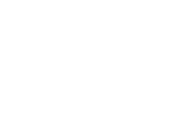
|
Printed Oxidation on Fiber Relief V (2016)
W10" x L10", pigmented cotton linters with steel and copper patina
Synopsis: This series of handmade-paper is made with beaten mulberry barks and cotton linters, and casted into relief forms after it has absorbed patinas from wood stains, plants, mold, rusted steel and corroded copper sourced from the artist's industrial sculpture process.
|
|
 |
AMBASSADOR TEXTILE IS MORE!
YASUE MAETAKE
Yasue Maetake learned Handmade-Papermaking in 2014 during her stay at El Anatsui’s Studio in Ghana, a position that was awarded to her by the Japanese Ministry of Culture. Since then, Maetake has developed her concepts and practices as part of her own medium, which would serve later as a continuing distinctive characteristic of her current repertoire.
|

|
Posted 24 December 2016
|
|
Maetake's Handmade-Papermaking practice stems from her background major in sculpture. Maetake was originally trained in glass engraving, absorbing the importance of materials and optical manipulation, which would have a strong influence on her work.
|
|
|
|
|
|
|
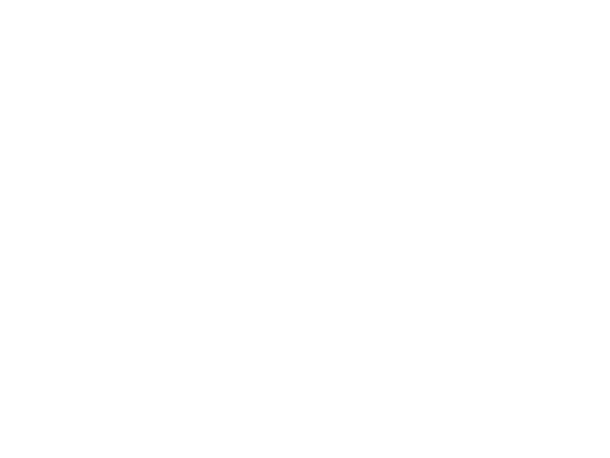
Installation view in Takoradi, Ghana (2014)
boiled and beaten mulberry, plantain
|
|
|
|
|

|

|

|

|

|
|
|
Printed Oxidation and Ink on Fiber Relief II (2016)
W20 1/4" x L31 1/4", steel, steel rust, copper corrosion and synthetic ink on boiled and beaten cotton rag
Synopsis: This series of handmade-paper is made with beaten mulberry barks and cotton linters, and casted into relief forms after it has absorbed patinas from wood stains, plants, mold, rusted steel and corroded copper sourced from the artist's industrial sculpture process.
|
|
|
|
|
Printed Oxidation and Ink on Fiber Relief I (2016)
W43 1/2" x L26 1/2", steel, steel rust, copper corrosion and synthetic ink on boiled and beaten cotton rag
Synopsis: This series of handmade-paper is made with beaten mulberry barks and cotton linters, and casted into relief forms after it has absorbed patinas from wood stains, plants, mold, rusted steel and corroded copper sourced from the artist's industrial sculpture process
|
|
|
|
|
Printed Corrosion on Fiber Relief I (2014)
W44" x L 33", wood stain, corroded cardboard pigment on boiled and beaten abaca bark, mulberry bark, gampi bark, cotton linter
|
|
|
|

|

|

|
Prior to moving to New York, Maetake studied in Japan and the Czech Republic, and apprenticed with a private glass studio in southern Germany. Today, Maetake continues to evolve and push the boundaries of her practices which involve in many media and formats using both traditional and innovative techniques. Raw materials, such as industrial steel, resin, natural pulps and wood, are transformed through highly tactile processes. To emphasize these processes when utilizing a synchronization method involving natural and cultural forms, she orients this work to anything from Baroque's style classical modeling, digital media, and natural entropic processes such as burning; her methods often encourage the formation of rust and other changes when materials are exposed to different chemicals in the process of casting and welding, among other techniques.
|
|
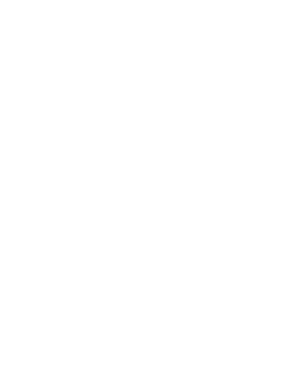
Yasue Maetake, in New York, 2017
|
|
|

|

|

|

|

|
|
|
Printed Corrosion on Fiber Relief I (2014)
W44" x L 33", wood stain, corroded cardboard pigment on boiled and beaten abaca bark, mulberry bark, gampi bark, cotton linter
|
|
|
|
|
Printed Oxidation on Fiber Relief IV (2015)
W124" x L83", steel rust and copper corrosion on boiled and beaten abaca bark, cotton linter and mulberry bark
Synopsis: This series of handmade-paper is made with beaten mulberry barks and cotton linters, and casted into relief forms after it has absorbed patinas from wood stains, plants, mold, rusted steel and corroded copper sourced from the artist's industrial sculpture process.
|
|
|
|
|
Printed Oxidation on Fiber Relief X (2016)
W13 1/2" x L50", copper corrosion on boiled and beaten cotton linter and mulberry bark
|
|
|

|

|

|
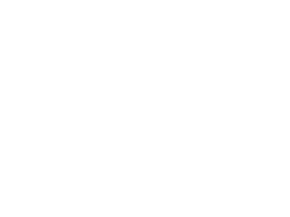
Work in Progress, Installation view in Studio, New York (2016)
steel, cane, reed and printed wood stain and copper corrosion on assorted pulps
|
|
Although Maetake's practice may present features of a fine arts course, her concept also strongly addresses holistic approach encompassing technology, design and craft. Historically, Handmade-Papermaking had a strong relationship to interior design, product design and architecture. It also accommodates all sorts of textile-origin techniques in a long history of how yarn, embossing, sewing, knitting and stitchery can be involved with the chemistry of a natural fiber’s bond. This creates opportunities for Maetake's expression to accommodate filed from fabric art culture at large. For those who wish to participate in the multi-practice dialogue, Maetake's work will provide opportunities to promote awareness of health consciousness-inspired new directions for every kind of system rooted in the cycle of energy consumption, including both mass-produced and one-of-a-kind production, raising the visibility of organic materials in the contemporary art and design world.
|
|
|
|
|

|

|

|
While we are mastering computer-aided skills to execute digitized designs from concepts, Maetake's hands-on practice is a productive counterpart. Elevating the viability of such media will provide a potential for synthetic fusion with nature. The tactile and organic process will become a most valuable experience in our lives as they engage in groups, which Maetake oversees with a culturally diverse, real-world approach that will prepare us for their place in what promises to be an ever-changing industry.
http://www.yasuemaetake.com
|
|
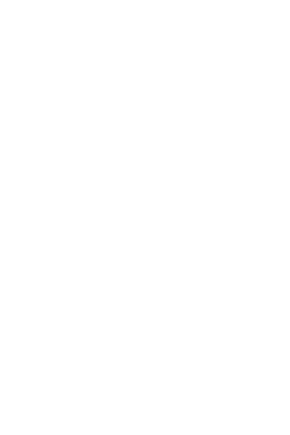
Specks of Green Rust Before the Wind I (2015)
H96" x 46" x 38", printed wood stain and copper corrosion on pulp (kozo, abaca and cotton), cane, steel
Synopsis: Exploring ideas of erosion, decay, adaptation in the face of climate change, and the afterlife of objects from the past or future. The cane was manipulated into a skeletal form, and adorned with handmade paper after it has absorbed patinas from corroded copper.
|
|
|
|
|
|
|
|
|
|


